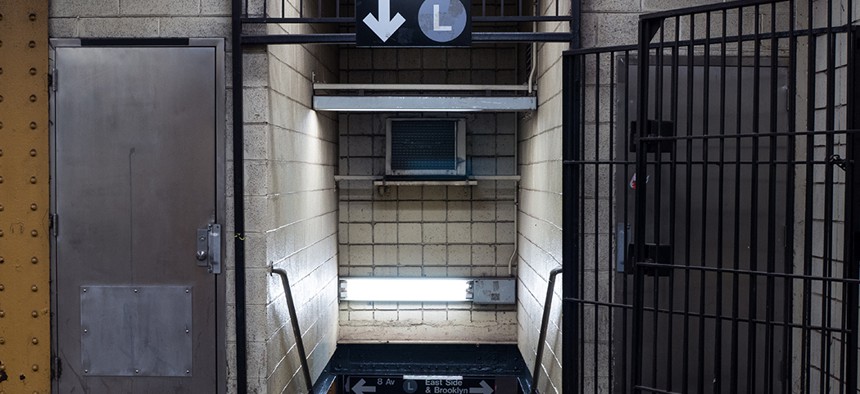Transportation
On the looming L train shutdown
With the L train shutdown less than a year away, the trickle of cautionary measures and hand-wringing from government officials and local politicians serves as a reminder of the fragility of the ecosystem connecting New York City’s mass transit and its local economy.

L train subway sign Shutterstock
With the L train shutdown less than a year away, the trickle of cautionary measures and hand-wringing from government officials and local politicians serves as a reminder of the fragility of the ecosystem connecting New York City’s mass transit and its local economy.
The New York City Department of Transportation unveiled its own L train mitigation plan at the end of June. While the transit plan is aimed at northern Brooklyn and lower Manhattan, for the rest of Brooklyn, it’s a reminder that the surrounding areas will feel the spillover of the plan too. As a result of the plan, 70 percent of commuters are expected to begin using nearby subway lines.
“This is going to have a devastating impact all over the subway system because people are going to be crammed in like sardines on other lines in order to get to where they have to go as a result of 250,000 people having to be diverted to other places,” said Brooklyn Assemblyman Joseph Lentol, whose legislation to ease the strain of the shutdown passed the Assembly but not the state Senate.
The DOT’s mitigation plan includes a high occupancy vehicle lane and protected bike lanes over the Williamsburg Bridge as well as a busway along 14th Street. Though the street-level alternatives will help alleviate some of the stress, the DOT maintains that the subway system will remain the principal means of getting from North Brooklyn to Manhattan.
“It’s critical that we encourage as many people as we can to use the subway. The alternatives to the subway – the bus and the ferry – were responses to residents in geographical areas who aren’t going to have a viable subway option,” a DOT spokesman said.
Since the effects of the 15-month shutdown are expected to be severe, the private contractors in charge of the construction will reportedly face stiff penalties for going over the allotted time frame.

NEXT STORY: Houses of worship providing affordable housing in Brooklyn

